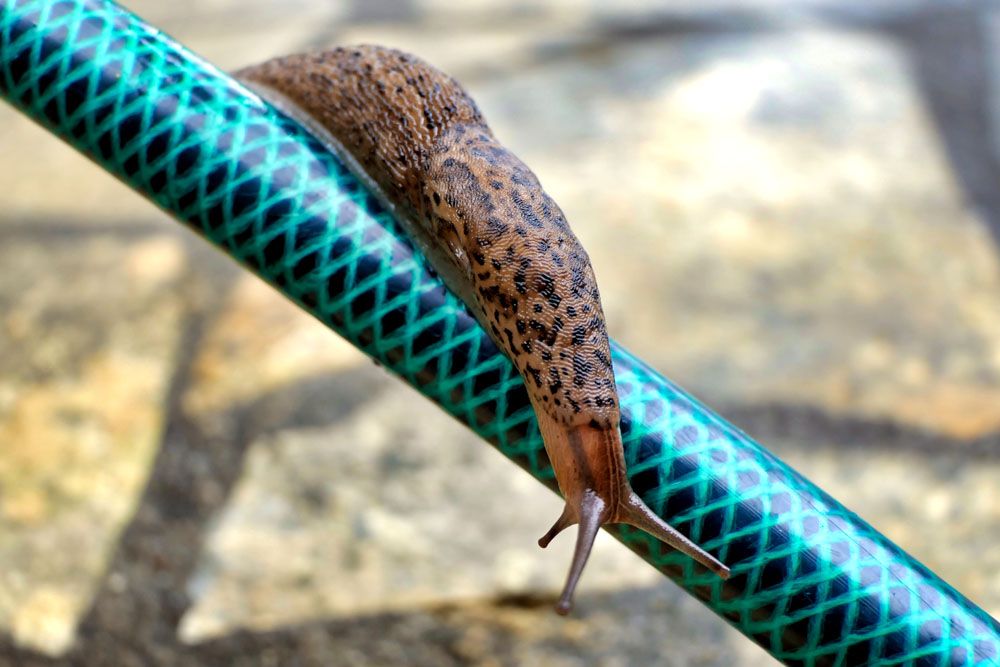
Great Gray Garden Slug – Spotted Garden Slug – Limax maximus
Great Gray Garden Slug – Spotted Garden Slug – Limax maximus
Common Name: Great Gray Garden Slug or Spotted Garden Slug
Latin Name: Limax maximus
Appearance:
The Great Gray Garden Slug or Spotted Garden Slug is a large, elongated slug with a mottled grey and brown body, measuring up to 8 inches long.
- Eggsare laid in clusters, often in the soil or damp locations.
- Pupae:Slugs do not have a pupal stage; they develop directly from eggs to adults.
- Larvae:The larvae are the slug’s immature stage, which looks similar to the adults.
- Adults:Adults are fully mature slugs that are hermaphrodites, meaning they have both female and male reproductive organs.
